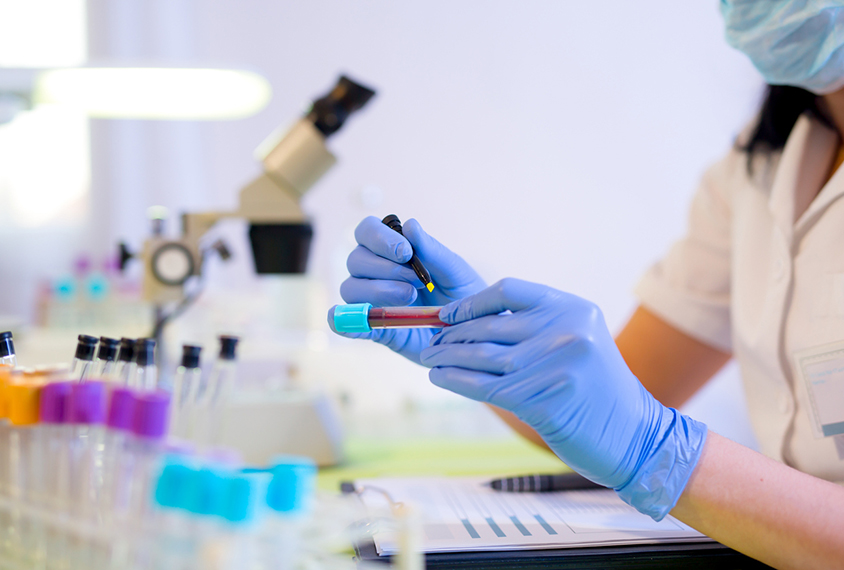
Jovanmandic / iStock
THIS ARTICLE IS MORE THAN FIVE YEARS OLD
This article is more than five years old. Autism research — and science in general — is constantly evolving, so older articles may contain information or theories that have been reevaluated since their original publication date.
More than 5 percent of mutations thought to have arisen spontaneously in a child with autism are, in fact, inherited, a new study suggests.
The mutations are present in a significant subset of the father’s sperm cells, according to an analysis of data from just four families.
The findings suggest that testing for harmful mutations in sperm may help estimate a man’s risk of passing them on to his children, says Martin Breuss, a postdoctoral fellow in Joseph Gleeson’s lab at the University of California, San Diego. Breuss presented the unpublished results Friday at the 2017 American Society of Human Genetics Annual Meeting in Orlando, Florida.
The small sample so far suggests that this risk could be up to 10 times higher than the 1 percent rate other studies have reported.
Hundreds of spontaneous, or de novo, mutations have been linked to autism. This type of mutation can be detected in the blood of a child with autism, but not in that of either parent. As such, the mutations are assumed to be single events that originate in an egg or sperm. Genetic counselors typically tell parents they have only about a 0.5 to 1 percent chance of having another child with the same mutation.
But increasingly sensitive technologies have found some ‘spontaneous’ mutations in a small proportion of blood cells from parents.
For instance, researchers reported in September that 7 to 11 percent of spontaneous mutations in children with autism are also present in a mosaic pattern — meaning only in a subset of cells — in the parents’ blood. This suggests that the mutations arose early in the parents’ own embryonic development, and can be passed down to their children.
Sperm counts:
Breuss and his colleagues looked at sperm because sperm cells pass genetic material to children.
“We think that the level of mosaicism in sperm is previously underestimated,” Breuss says, because those estimates were based on other cell types, such as blood.
The researchers collected sperm samples from 12 men who have a child with autism. Each child has a spontaneous mutation in a gene strongly tied to the condition. Most of the genes are highly expressed in the brain and have been found to be mutated in multiple children with autism.
Previous studies did not detect these mutations in the blood of either parent in these families. When the researchers sequenced the genes in sperm samples, however, they found that three of the men carry the same mutation as their children do.
Two of the mutations occur at high rates: One is present in about 8 percent of sperm, and the other in 14 percent. Those rates are “much higher than the 0.5 to 1 percent that you would normally assign for such de novo mutations,” Breuss says.
The findings suggest that the mutations were not de novo, but rather were inherited from the fathers’ sperm.
“Our definition of de novo often is based on our ability to detect these variants with standard approaches,” Breuss says. “These are often either too insensitive or targeting tissues that may not have the mosaic variant.”
The researchers also sequenced the whole genomes of cells in sperm and blood from four of the fathers and their children. They focused on spontaneous mutations in the paternal copies of the genome.
They found that 5 to 10 percent of de novo mutations in the children are found in a subset of sperm from fathers; of these, less than half are easily detectable in the fathers’ blood.
The researchers are analyzing additional samples. They also plan to explore whether mosaic mutations in sperm affect genes with particular functions, such as cell growth, and whether the prevalence of mosaic mutations changes with a father’s age.
For more reports from the 2017 American Society of Human Genetics Annual Meeting, please click here.
By joining the discussion, you agree to our privacy policy.